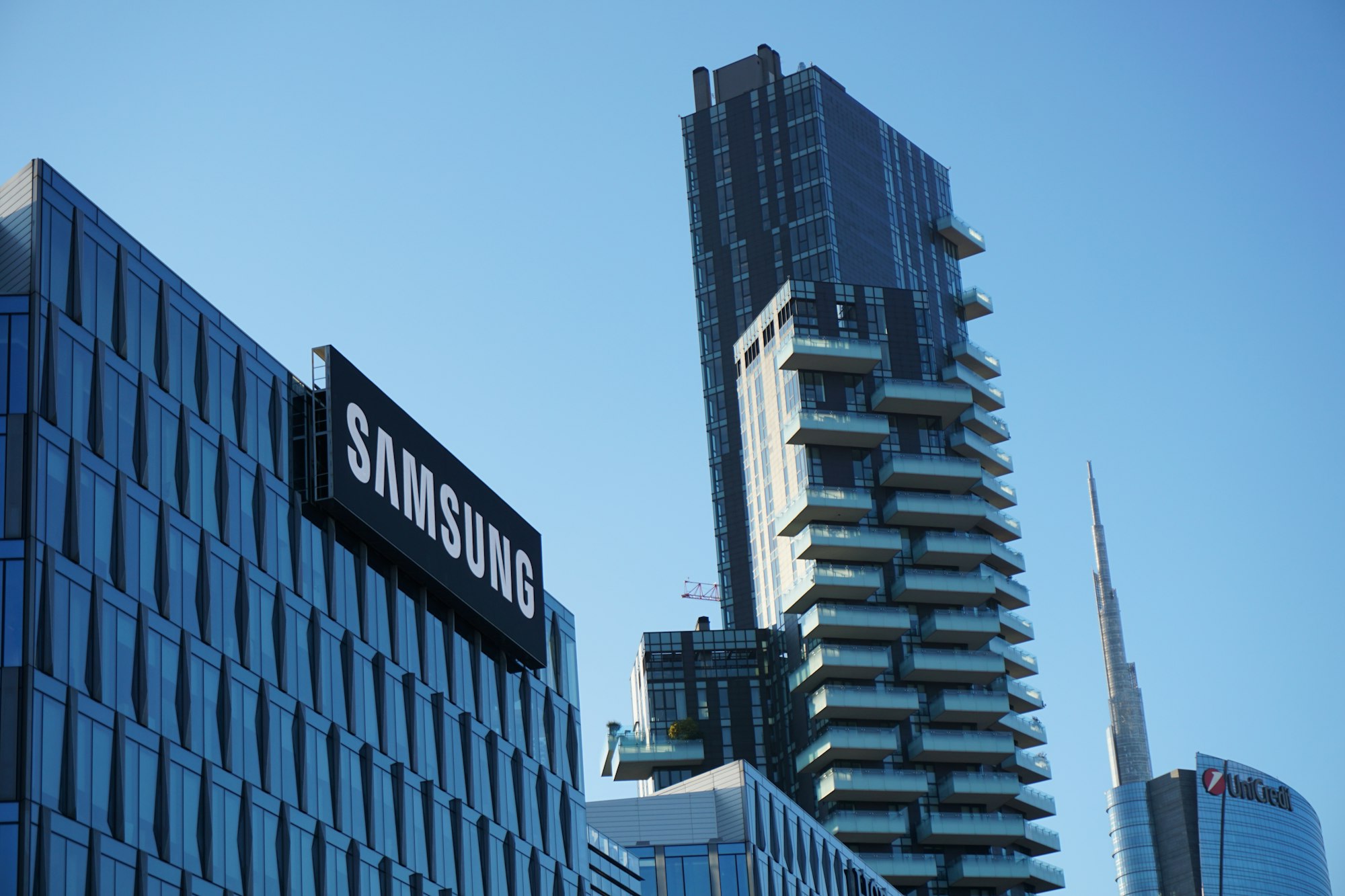Goldman Sachs, Bank Of America And Morgan Stanley Were Too Hungry
Brian Moynihan, the CEO of Bank of America, has constantly sounded upbeat about the American economy, leading the bank to provide substantial loans for the acquisitions of Twitter, Citrix, Nielsen, and other companies by private equity firms. In more normal times, banks then sell these loans to fund managers for a higher prices than they bought it themselves.
- However, as interest rates rose, the value of these bonds fell sharply and investment banks had to sell these loans at a sharp discount to get them off their balance sheet
- Or, they can keep these loans on their books for a while and sit with large paper losses until the market becomes more optimistic
"It’s been more challenging for lenders to sell risky debt to money managers as concern mounts that the Federal Reserve’s fight against inflation will tip the US economy into recession. That has drained demand for low-rated debt tied to buyouts, leaving banks saddled with about $40 billion in hung debt, according to data compiled by Bloomberg." by Gowri Gurumurthy, Jeannine Amodeo and Paula Seligson for Bloomberg
JPMorgan Was More Cautious
Back in 2008, JPMorgan was the principal lender on many troubled acquisitions such as that of Chrysler by Cerberus and Sallie Mae by J.C. Flowers. Both deals ultimately failed and the bank had then little choice but fight with other creditors—often hedge funds—to recoup as much money as possible in bankruptcy courts.
The bank learned from its mistakes and this time, JPMorgan reduced its appetite for buyout-loans starting in autumn of 2021, according to people with knowledge of the matter.
- JPMorgan believed that supply chain issues and labour shortages would keep inflation elevated for a prolonged time, forcing the central bank to act and yields to rise
- Additionally, they believed that risks surrounding the financing of takeover deals was increasing as rising asset values forced purchasers to take on excessive debt in order to submit winning bids
60 Cents On The Dollar
A group led by Morgan Stanley that contributed around $13 billion in debt financing to aid in the acquisition of Twitter is now burdened with dangerous loans that they never planned to record on their books as part of the $44 billion deal. The banks now have the difficult challenge of selling it off without suffering significant losses, and that won't be simple.
- The maximum interest rate that the banks promised Musk on that component of the debt financing—11.75%—has been much exceeded by the rising yields on junk bonds in the CCC category, where Twitter's riskiest unsecured debt is likely to be ranked
- These rates are now 15.4%. If the banks attempted to sell it to institutional investors at the current prices, they would be forced to provide significant discounts, and they would be responsible for the difference, which would result in losses totaling more than $500 million for the entire debt package
"Some funds have offered to take a piece of the loan package at a discount as low as 60 cents on the dollar, which would be among the steepest markdowns in a decade. The banks have so far deemed those bids unattractive, according to people with knowledge of the discussions who asked not to be identified because the talks were private." by Claire Ruckin, Davide Scigliuzzo, Gillian Tan and Jill R Shah for Bloomberg
Disclaimer
Please note that this article does not constitute investment advice in any form. This article is not a research report and is not intended to serve as the basis for any investment decision. All investments involve risk and the past performance of a security or financial product does not guarantee future returns. Investors have to conduct their own research before conducting any transaction. There is always the risk of losing parts or all of your money when you invest in securities or other financial products.
Credits
Photo by Brendan Church on Unsplash.






